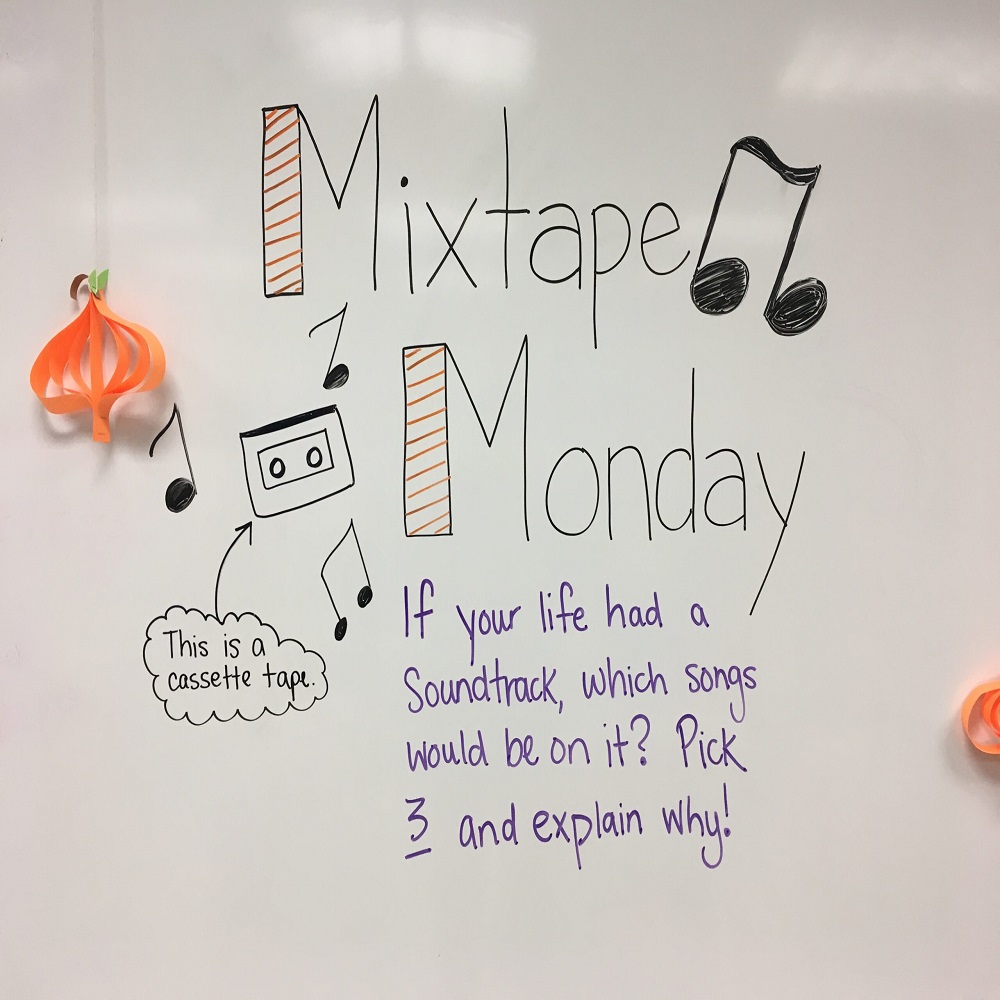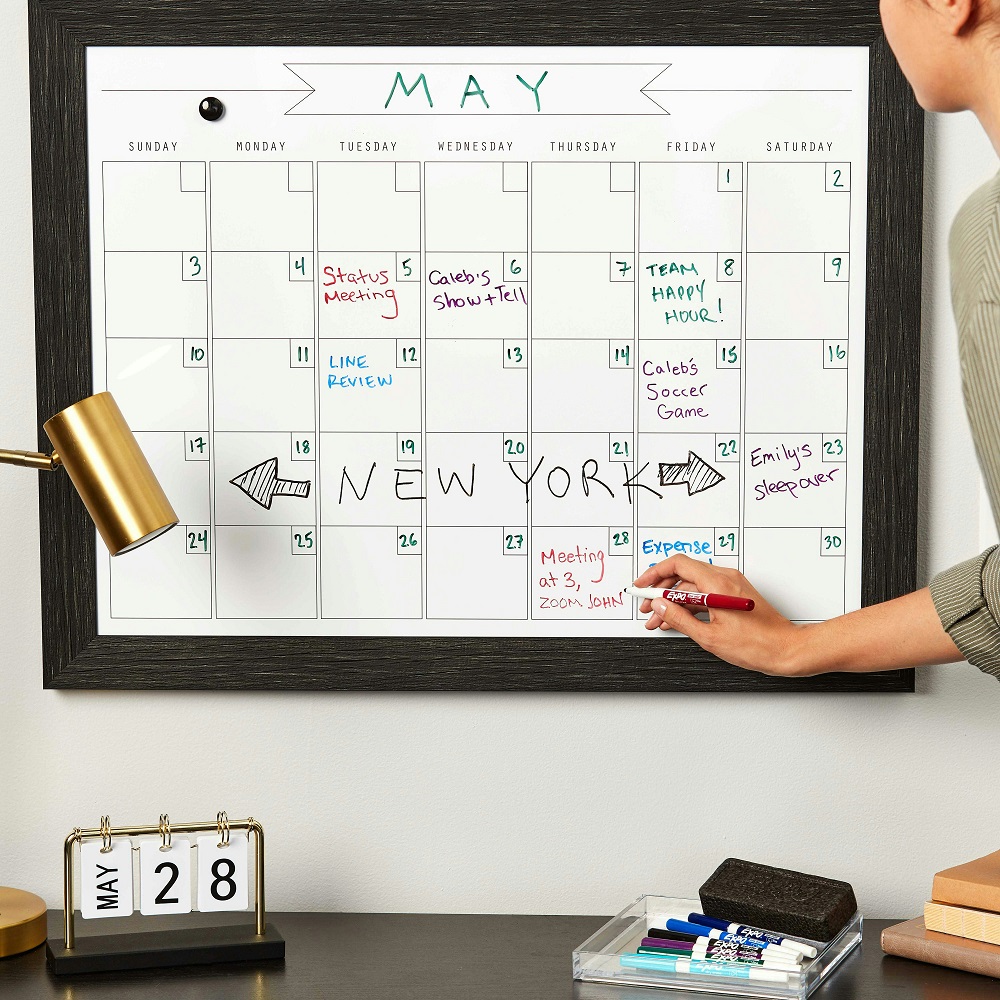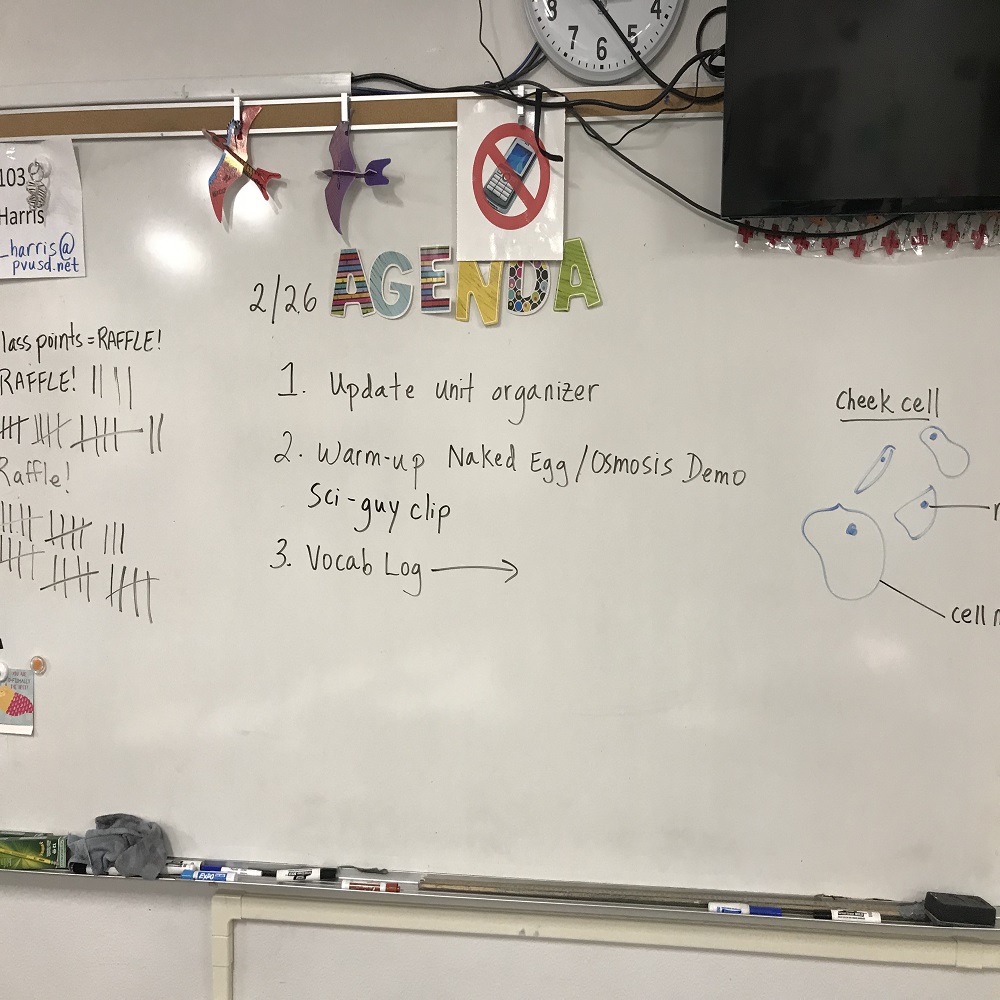August often serves as a transitional month, bridging the shift from the hustle and bustle of summer to the deep focus of the fall. Companies frequently use this time to reassess their goals and energize their teams as they prepare for the upcoming months. One effective tool that can help in brainstorming sessions, strategic planning, and team-building activities is the whiteboard. Utilizing whiteboard space creatively can unlock innovative ideas and enhance collaboration among team members. In this article, we will explore some fresh and engaging whiteboard ideas tailored for your team this August.
The Power of Visual Representation in Team Meetings
Enhancing Understanding Through Visuals
One of the primary advantages of using a whiteboard during team meetings is its ability to enhance understanding through visual representation. When ideas are sketched out visually, they become easier to understand and digest. This is particularly true during brainstorming sessions where a plethora of ideas are generated quickly. Visual representations, such as diagrams, flowcharts, or mind maps, can clarify complex concepts that might be misunderstood if communicated only through verbal explanations.
Foster Engagement and Participation
Using a whiteboard can also foster engagement and participation among team members. Placing a whiteboard at the front of the room encourages everyone to contribute ideas, as it creates an inviting and interactive environment. In contrast, more traditional methods, such as presentations, can be passive and disengaging. When team members see their contributions written down, they are more likely to feel valued and motivated to participate actively.

Create an Open Dialogue
Moreover, the whiteboard medium supports an open dialogue, as it allows for real-time editing and alterations. Team members can modify existing ideas, add annotations, or group similar concepts together right on the board. This dynamic capability removes the rigidity of fixed presentations and fully encourages collaborative exploration of solutions and ideas. As a result, team members can foster deeper understanding and stronger connections not just to ideas but also to each other.
Brainstorming Techniques for Maximum Creativity
Incorporating Mind Mapping
In August, consider adopting mind mapping as a fresh brainstorming technique on your whiteboard. This visual approach encourages free thinking and allows ideas to flow organically. Mind mapping starts with a central idea in the middle of the board, from which branches radiate outward representing related concepts. This format helps to visualize connections and may spark new avenues of thought that might not surface during conventional brainstorming sessions.
Utilizing the Six Thinking Hats Method
Another effective brainstorming technique is Edward de Bono’s Six Thinking Hats method, which uses a color-coded system to approach challenges from various perspectives. Each ‘hat’ symbolizes a distinct way of thinking—rational, emotional, critical, optimistic, creative, and methodological. By writing down topics or problems in these categorized sections on your whiteboard, you can tap into the diverse strengths of your team, encouraging members to think outside the box and providing a holistic view of the issues at hand.
Gamification of Idea Generation
Adding gamification elements to your brainstorming sessions can also enhance creativity and engage team members more actively. Consider using a quota or time limit during your whiteboard brainstorming sessions. For example, you might challenge your team to generate as many unique ideas as possible within a set time frame, encouraging quick thinking and informal competition. The drive to out-do one another can lead to a wealth of fresh ideas that might otherwise remain undiscovered in a more relaxed atmosphere.
Using Whiteboards for Strategic Planning
Establishing Clear Goals and Metrics
Strategic planning is crucial for any team striving for effectiveness and clarity on its objectives. A whiteboard can serve as an interactive canvas where teams outline their goals for the upcoming months. By dividing the board into sections for long-term goals, short-term objectives, and key performance indicators (KPIs), all team members can visualize not only where the team is heading but also the metrics that will measure success along the way.
Prioritization Matrix
Incorporating a prioritization matrix into your whiteboard strategy can assist teams in determining which initiatives require the most attention and resources. By categorizing tasks based on their urgency and importance, you can help your team navigate their responsibilities more efficiently. This team dynamic becomes a part of the strategic discussion, as team members can weigh in on their areas of expertise, leading to better-informed decisions about where to focus efforts.
Interactive Action Plans
Finally, consider using your whiteboard to create interactive action plans. Instead of simply listing tasks, invite team members to participate actively by adding their assignments beneath each goal on the whiteboard. Pair these action items with deadlines, responsible individuals, and required resources. This dynamic input encourages accountability and clarity, offering all team members a clear picture of expectations moving forward.

Incorporating Whiteboards for Team Building Activities
Collaborative Challenges
One unique way to leverage your whiteboard is by incorporating it into team-building exercises. Engage your team with collaborative challenges that require brainstorming and strategy development. For example, divide your team into smaller groups and challenge them to solve a ‘real-world’ scenario that your organization is facing. They can plot their ideas on the whiteboard and subsequently present their solutions to the entire group.
Visual Team Identity Creation
Another engaging approach is to use your whiteboard to help your team craft a visual team identity. Provide markers and sticky notes for team members to describe their personal strengths, interests, and aspirations. By compiling these insights, you can create a rich tapestry representing your team’s collective identity. This exercise promotes inclusion, understanding, and boosts morale and cohesion, making members feel more connected to one another.
Continuous Feedback Loop
Whiteboards can also serve as tools for fostering an environment of continuous feedback. Consider setting up a section dedicated to “shout-outs” and constructive feedback, where team members can write notes of appreciation or areas for improvement. By practicing regular feedback, the team can develop stronger communication skills while cultivating a supportive culture, increasing overall morale and cohesion within the group.
Problem-Solving and Whiteboard Strategies
Root Cause Analysis
August presents an excellent opportunity to reflect on any existing challenges your team has been facing. Utilizing the whiteboard for root cause analysis can help diagnose problems systematically. Encourage your team to utilize the “5 Whys” technique, where each time a team member presents a problem, they are prompted to ask ‘why’ repeatedly until they uncover the underlying cause. Documenting this thought process on the whiteboard can lead to richer insights and more effective solutions.
Fishbone Diagram Methodology
Another effective problem-solving tool is the fishbone diagram (or Ishikawa diagram), which can be drawn on the whiteboard to identify potential causes of a problem. Starting with the main problem at the ‘head’ of the fish, the various categories of potential causes trail off as ‘bones.’ As a group, your team can work collaboratively to populate the diagram, allowing for a visual and comprehensive understanding of factors at play.
Prioritize Solutions with Action Steps
After identifying root causes, focus on generating solutions collectively. Encourage team members to contribute actionable steps and timeline forecasts for implementing changes. Use the whiteboard to list these solutions, and assign areas of responsibility. Reducing ambiguity fosters accountability and supports a proactive approach to problem-solving and improvement.

Engaging Remote Teams with Whiteboard Tools
Digital Collaboration Platforms
As remote work continues to be a norm for many teams, it is vital to carry forward the benefits of whiteboarding using digital tools. Platforms such as Miro, MURAL, or Lucidspark enable teams to collaborate in real-time, emulate the physical whiteboard experience, and visualize concepts across distance. Each member can contribute their ideas, comments, or modifications seamlessly while nurturing creativity and collaboration.
Virtual Brainstorming Sessions
Emulate a brainstorming session by scheduling a dedicated meeting where team members can gather on a virtual whiteboard. Encourage your team to come prepared with ideas for discussion. Use breakout rooms for smaller groups to create a rich environment of dialogue and creativity before bringing everyone back to share with the larger team. Creativity thrives in a respectful environment where all contributions are welcomed and valued.
Recording and Reviewing Ideas
One advantage of online platforms is the ability to record and save brainstorming sessions. Encourage your team to revisit saved whiteboard materials regularly to reflect, build upon existing ideas, and even evaluate processes and strategies. This repository provides a valuable resource for future planning and can easily be referred to during strategic conversations.
Bridging Gaps with Team Workshops
Organizing Team Workshops for Learning
To harness the power of the whiteboard beyond typical meeting structures, consider organizing dedicated team workshops. Utilize these sessions to target a specific challenge or skill set improvement. Allocate time for brainstorming, analyzing data, and exploring solutions on the whiteboard in a relaxed, focused environment. Aligning a workshop purpose with your team’s goals for August can yield tremendous benefits in terms of engagement, input, and productivity.
Facilitating Guided Collaboration
Consider working with a facilitator—a neutral third party skilled in leveraging whiteboard dynamics during team activities. A professional can guide discussions, challenge assumptions, and ensure all voices are heard. Incorporating a facilitator’s expertise can help maintain productivity and focus while encouraging fresh perspectives that may restructure how your team approaches challenges.
Close with Action Plans and Next Steps
At the conclusion of each workshop or session, wrap up by consolidating your findings on the whiteboard alongside concrete action plans and next steps. Ensure that each team member knows what their responsibilities are moving forward and how these tasks align with the overall team goals. This reflective practice showcases the collaborative effort undertaken and cements a sense of shared purpose.
Conclusion: A Culture of Continuous Improvement
Embracing Innovation
Through innovative use of whiteboards, team members are empowered to express ideas, solve problems, and receive feedback in real-time. By implementing fresh whiteboard ideas this August, companies can ignite creativity and collaboration while fostering a culture of continuous improvement. The benefits of communal whiteboarding extend far beyond the physical board; they instill a sense of teamwork, shared vision, and purpose that can enhance overall productivity.
Sustaining Momentum into Fall
As teams shift focus from the summer to fall, the seeds of innovation planted through August’s whiteboard strategies can pave the way for sustainable growth. Encourage ongoing use of these practices and techniques in everyday meetings and discussions. Embracing a proactive approach to teamwork through whiteboarding fosters a resilient organization that can embrace changes and thrive long into the future.
Utilizing whiteboards as tools of empowerment will ensure that your team not only meets but exceeds their goals, inspiring a culture of innovation and collaboration that persists well beyond this transitional month.


